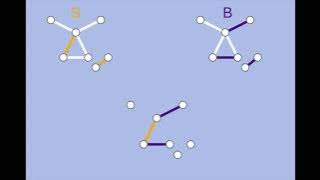De Bruijn's theorem
In a 1969 paper, Dutch mathematician Nicolaas Govert de Bruijn proved several results about packing congruent rectangular bricks (of any dimension) into larger rectangular boxes, in such a way that no space is left over. One of these results is now known as de Bruijn's theorem. According to this theorem, a "harmonic brick" (one in which each side length is a multiple of the next smaller side length) can only be packed into a box whose dimensions are multiples of the brick's dimensions. (Wikipedia).



















